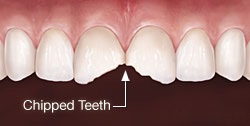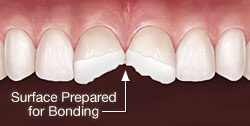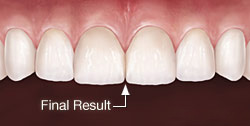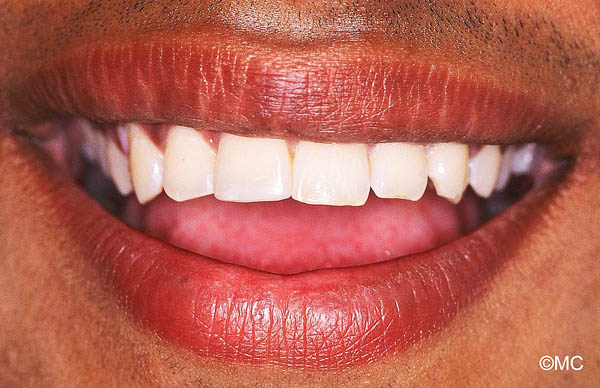
Phone: +91-9868572737
Email: motherdentalimplantclinic@gmail.com
Timings: 11.00 AM to 6.00 PM
Monday to Saturday Open
Direct Tooth Bonding
(The Power of Dental Composite Materials)
Bonding is a popular treatment option because it provides a successful attachment between the filling material and the tooth's original enamel and dentin. It looks like the original tooth and functions like it as well.
Direct composite bonding
is used to recreate a smile in an additive manner, where little or no tooth reduction is needed. Direct bonding, in the hands of a skilled operator, is less costly than porcelain veneers and crowns and can be long-lasting with proper maintenance.
Enamel and Dentin
Teeth are a perfect combination of both strength and resilience and this is created through the fusion of enamel and dentin.
Enamel is the outer shell of the tooth or the portion that is visible within the mouth. It is composed of densely packed calcium crystals which are very hard and resistant to wear. Enamel is composed of no living material and is effectively mimicked by dental porcelain.
Dentin is the inner core of the tooth and is much more porous. Constructed of collagen tubes with calcium crystals, dentin is living tissue and transmits nerve sensation. Composite resins have properties similar to dentin and are a combination of a plastic resin and silica filler. This combination of materials allows for excellent tooth color replication and reliable adhesion.
Bonding to Repair Broken or Chipped Teeth
Tooth Bonding is used in several different ways, but is probably most useful for repairing chipped teeth. Bonding materials (high-density, modern plastics called composite resin) and porcelain—are more natural in color and can be designed to perfectly match the surrounding teeth making it difficult to discern there ever was a broken tooth.





Before Treatment
After Treatment

